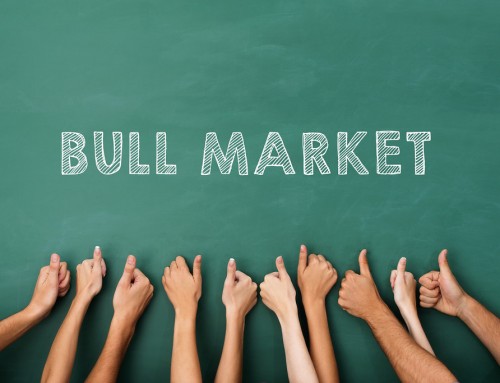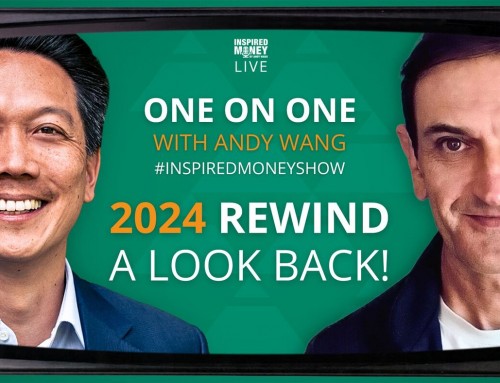Neither party is likely to find religion anytime soon. Mitch McConnell spoke on Wednesday and talked about further spending increases with a focus on infrastructure.
Rates rising
“We are going to have more and more debt because of the deficits, and because of the deficits, the investors are going to demand a bigger premium,” Fink said. “We have greater risk for higher rates and will not allow the equity markets to flourish.”
With more debt being issued, the question is: who is the incremental buyer? The Fed is allowing its balance sheet to shrink. We are currently in a trade tiff with the largest foreign holder of US debt so the Chinese are buying less than usual. Bond funds are seeing huge flows into short duration.
Higher Treasury yields will increase the cost of mortgages, auto loans and other credit that is tied to US interest rates, showing an already sluggish housing market and potentially stifling business expansion and growth.
Huge cost of debt
Interest on debt is already the 4th largest budget item in the US, trailing only social security, military spending and Medicare/Medicaid. In 2018, interest expense is over $300 billion.
If rates rise just 1%, interest expense could rise to over $500 billion in a couple of years. In addition, if the economy weakens, the politicians will likely increases spending further. We could see $2 trillion deficits or more.
Needless to say, this is a risk that all investors should be wary of. TD Securities interest rate strategist Gennadiy Goldberg says, “We've likened it to the boiling frog. It's a very slow increase in temperature and you don't realize it's a problem until the water boils.”
“Debt Payment” by Images_of_Money is licensed under CC BY-SA 2.0






